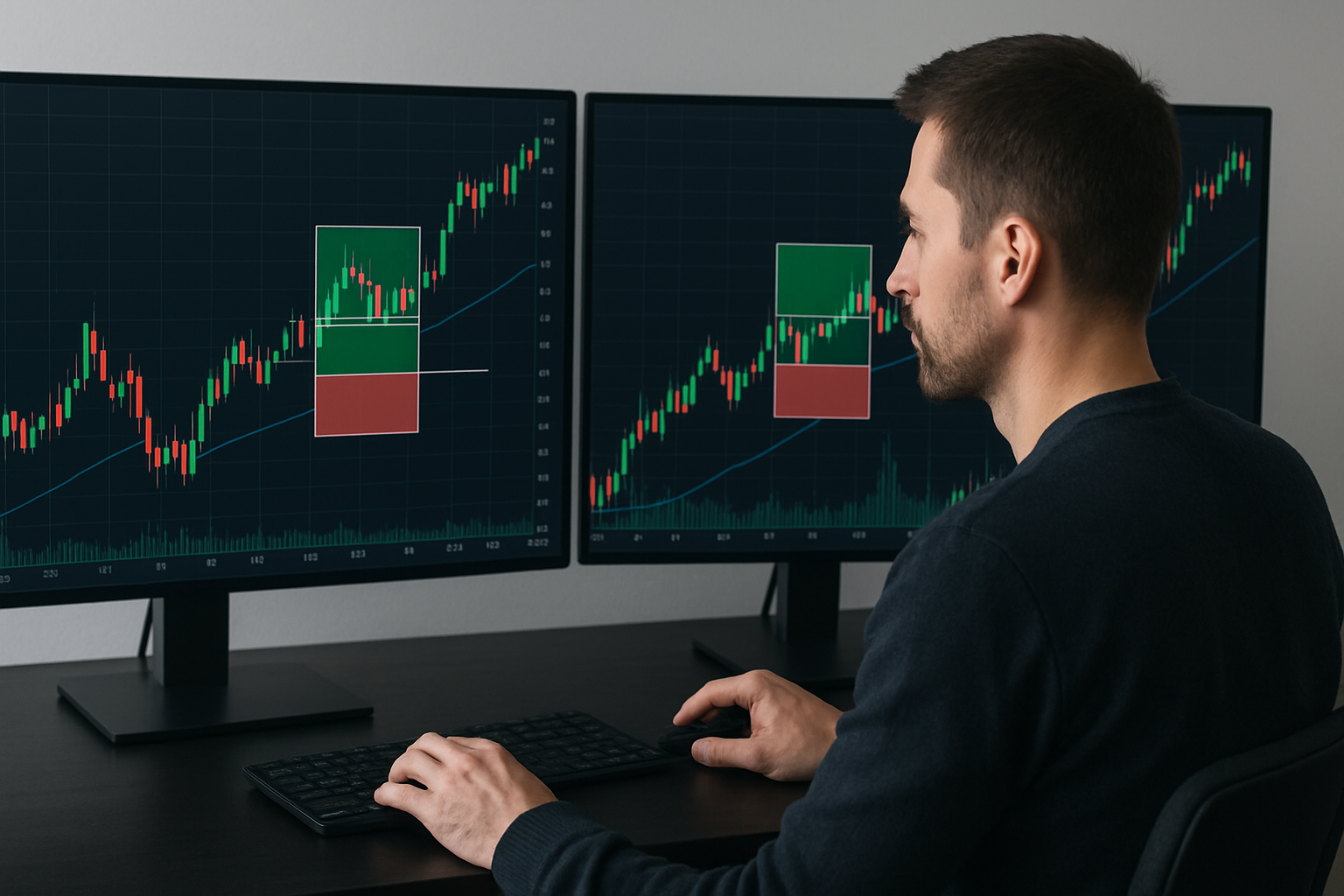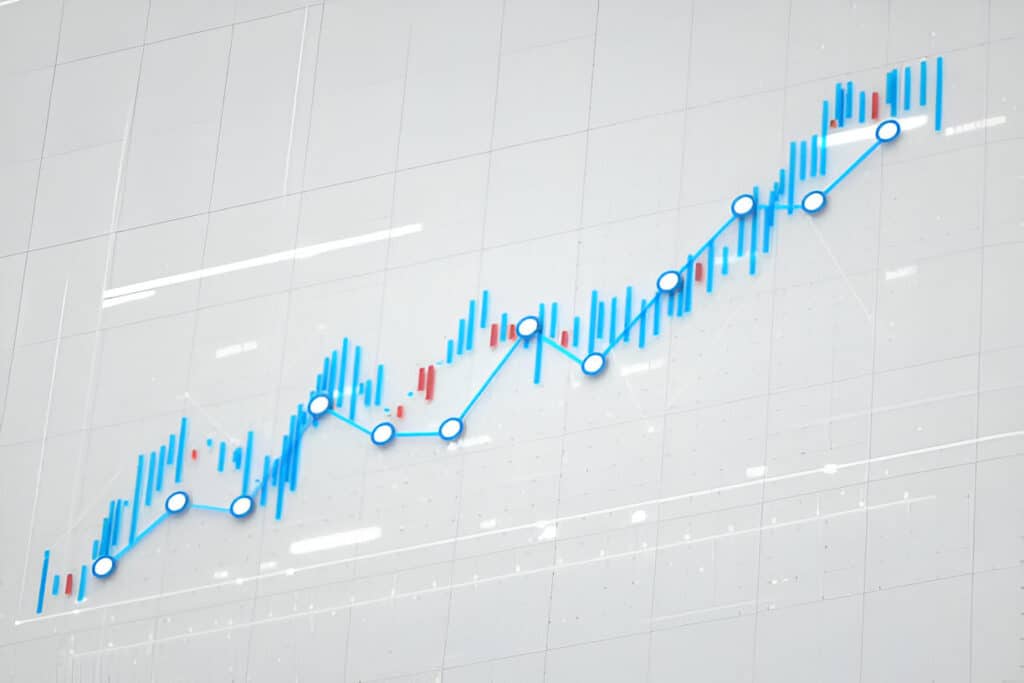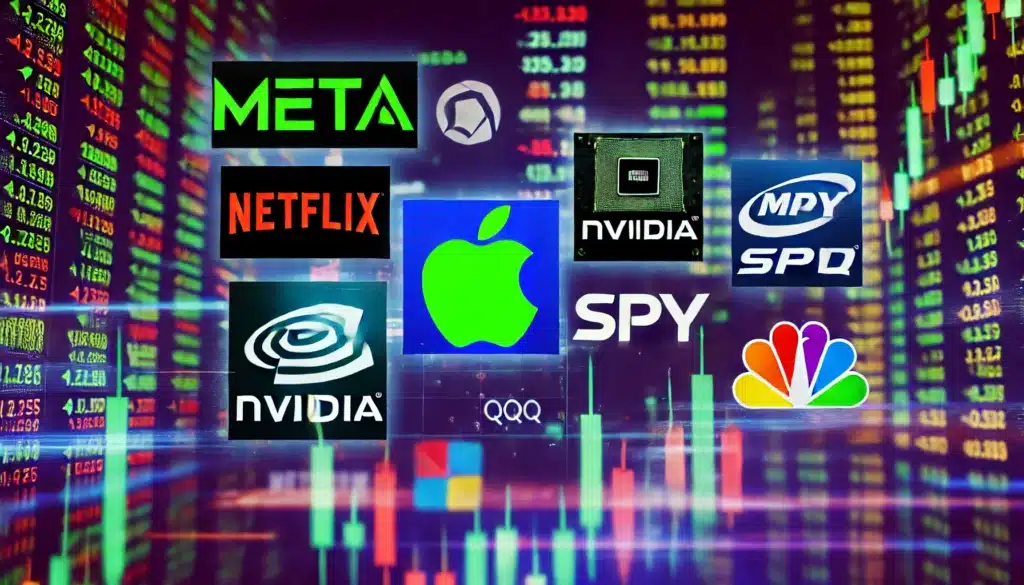Risk Management Essentials for Active Traders
Risk Management for Active Traders: The Ultimate 2025 Guide


By Billy Ribeiro | Globally Recognized Trader & Market Strategist
Billy Ribeiro is a globally recognized trader renowned for his mastery of price action analysis and innovative trading strategies. He was personally mentored by Mark McGoldrick, famously known as “Goldfinger,” Goldman Sachs’s most successful investor in history. McGoldrick described Billy Ribeiro as “The Future of Trading,” a testament to his extraordinary talent. His groundbreaking system, “The Move Prior to The Move,” enables him to anticipate market trends with unmatched accuracy, establishing him as a true pioneer in the trading world.
Billy’s Key Takeaways on Risk Management
“Your trading strategy doesn’t matter if your risk management is broken. These are the rules that keep professionals in the game:”
- Risk Is The System, Not a Safety Net. The 1-2% rule isn’t a guideline; it’s a law. It dictates your survival and emotional control.
- A 50% Loss Requires a 100% Gain. Understand this brutal math. Master your drawdown control before the market forces you to.
- Size Positions Based on Volatility, Not Confidence. Use tools like ATR to normalize your risk. Your dollar risk should be the same on every trade.
- Your Psychology Is Your Biggest Risk. Loss aversion and confirmation bias will destroy your account faster than any bad setup. Journal your decisions to build self-awareness.
The Bedrock of Profit: Why Risk Management Comes First
When most traders think about strategy, they obsess over chart patterns and indicators. But the truth is, if your risk management is flawed, your strategy is already broken. It doesn’t matter how precise your entry is if one bad trade can wipe out ten winners.
Risk management is not a safety net. It is the system. It’s what allows professional traders to outlast the randomness of markets. The cornerstone is the 1% to 2% rule: never risk more than 1-2% of your account on a single trade. For a $10,000 account, your maximum loss per trade is $100-$200. This discipline prevents catastrophic losses and keeps the inevitable emotional swings from hijacking your decision-making.
“It’s not about how often you win; it’s about how little you lose when you are wrong. Risk management must be decided before you enter the trade, not during the heat of the moment. That’s the mindset of an elite trader.”
Surviving the Storm: Mastering Drawdown Control
Most traders underestimate how dangerous a drawdown truly is. A 10% loss requires an 11% gain to recover. But a 50% loss demands a **100% gain** just to get back to even. The math becomes exponentially harder the deeper you go.
This is why professional traders set **hard drawdown limits**. They define a maximum equity drop (e.g., 10%) that triggers an immediate pause to audit their system and protect their psychological capital. Trading isn’t just numbers; every dollar you lose chips away at your confidence. When confidence erodes, so does discipline.
The Pro Technique: Volatility-Based Position Sizing
Amateurs use fixed share sizes. Professionals use **volatility-adjusted sizing** to maintain consistent risk in dynamic markets. The most common tool for this is the **Average True Range (ATR)**, which measures an asset’s recent volatility.
Instead of guessing, you calculate your position size based on a predefined dollar risk. For example, if your max risk is $200 and you place your stop-loss at 1.5x the ATR ($1.50), your position size would be $200 / $1.50 = 133 shares. This ensures your risk is identical across every trade, whether you’re trading a volatile tech stock or a stable blue-chip.
The Psychology of Risk: Your Greatest Enemy is You
Even the best technical strategy will crumble under emotional pressure. Overtrading, revenge trading, and abandoning stops are not strategy errors; they are psychological ones. The two most common traps are:
- Loss Aversion: The tendency for losses to feel twice as painful as gains feel good. This causes traders to hold losing positions far too long (“it will come back”) and cut winners too early.
- Confirmation Bias: Only seeking out information that supports your current trade idea, ignoring evidence to the contrary.
“Journaling is the most powerful psychological tool. When you track your decisions—why you entered, why you exited, how you felt—you build self-awareness. You start to recognize the emotional patterns that cost you money. Traders don’t blow up because they take small losses; they blow up because they can’t stop chasing them.”
Continue Your Learning
-
Why Most Traders Fail (And How to Avoid It)
Explore the common pitfalls that trap 90% of traders and the steps you can take to join the profitable minority.
-
Mastering Day Trading in a Volatile Market
Learn the core principles of managing risk and finding opportunities when market volatility spikes.
-
The Ultimate Guide to Options Greeks
Master Delta, Gamma, Theta, and Vega to understand option pricing and manage your positions like a professional.
Frequently Asked Questions (FAQ)
Q: Is the 2% rule too conservative for a small account trying to grow?
A: It may feel slow, but it’s essential for survival. A small account is more vulnerable to the risk of ruin. A 2% risk rule ensures that even a string of 5-10 consecutive losses won’t wipe you out, giving you time to stay in the game and let your strategy’s edge play out.
Q: What’s the difference between a stop-loss and a max drawdown limit?
A: A stop-loss is risk management for a *single trade*. A **max drawdown limit** is risk management for your *entire account*. If your account equity drops by a predefined amount (e.g., 10% from its peak), you stop trading entirely to reassess your strategy and psychology.
Q: How do I calculate my position size using ATR?
A: The formula is: **(Total Account Equity * Percent Risk) / (ATR Value * ATR Multiplier)**. For a $10,000 account, risking 1% ($100), with an ATR of $2.50 and a 1.5x multiplier for your stop ($3.75), the size is: $100 / $3.75 = ~26 shares.
Q: What’s the single biggest psychological mistake traders make with risk?
A: **Widening a stop-loss mid-trade.** This is the cardinal sin. It turns a disciplined, calculated risk into an undisciplined, emotional hope. A stop-loss is your point of invalidation; if the price hits it, your trade idea was wrong. Accepting that small loss is the price of doing business. Refusing to take it is what leads to catastrophic losses.
Elevate Your Trading Skills
Ready to master professional risk management? Join our community for in-depth education, live sessions, and expert analysis of how to build a winning strategy. Sign up today to start trading with a real edge!
CRITICAL: Trading involves substantial risk of loss and is not suitable for all investors. The content of this article is for educational purposes only and is not a recommendation to buy or sell any security. All trading strategies are used at your own risk.





